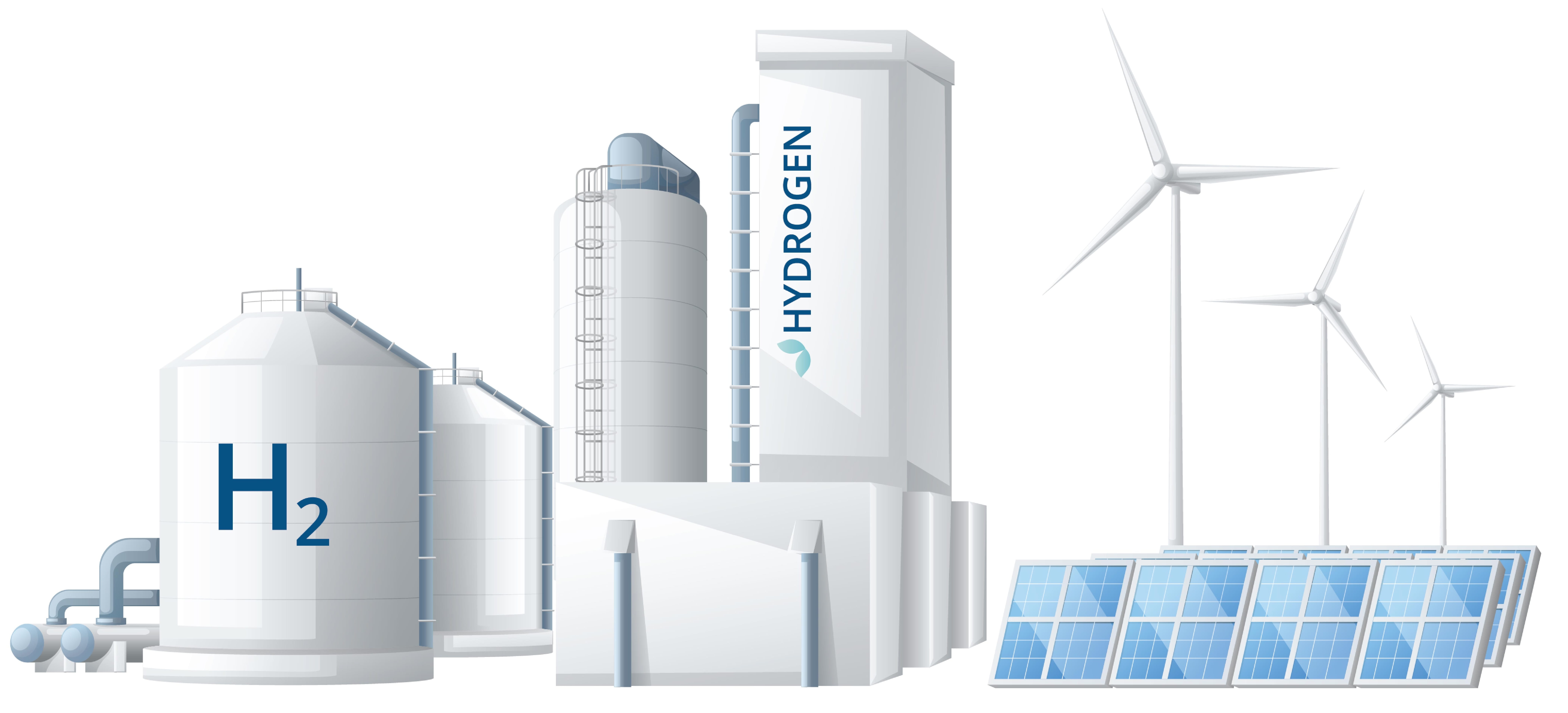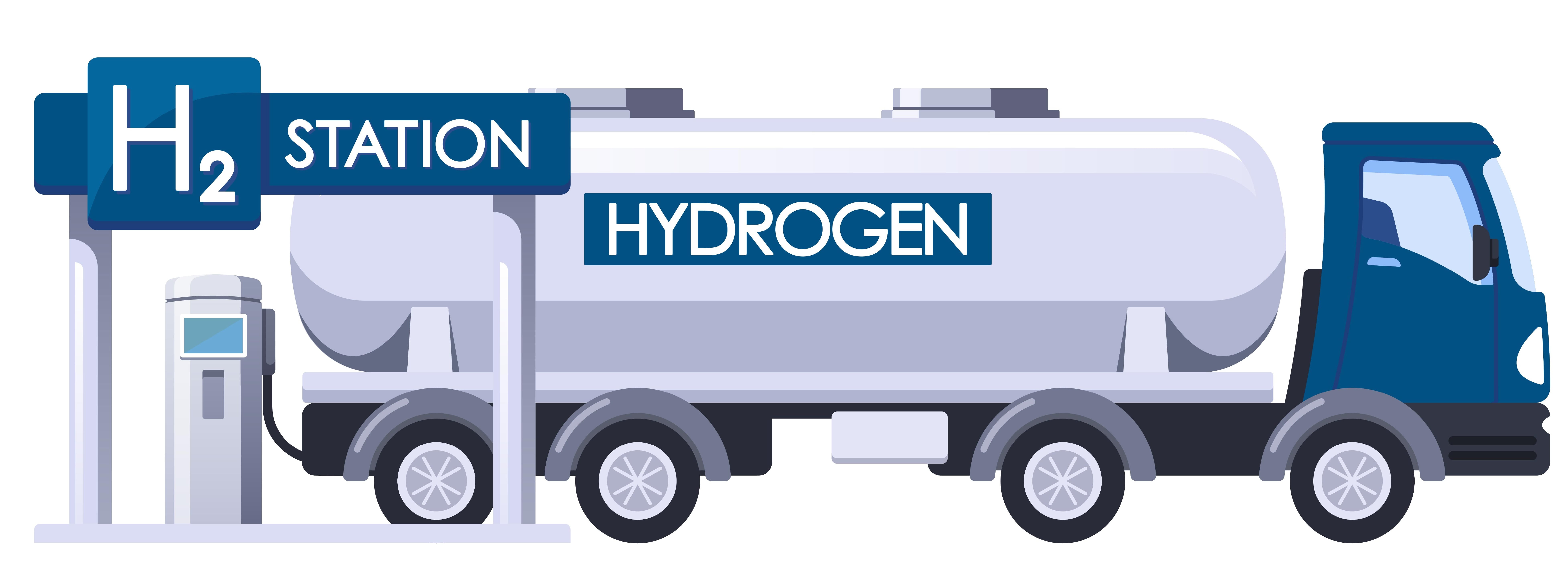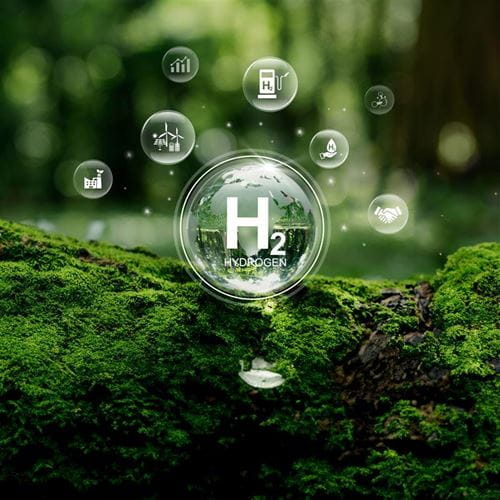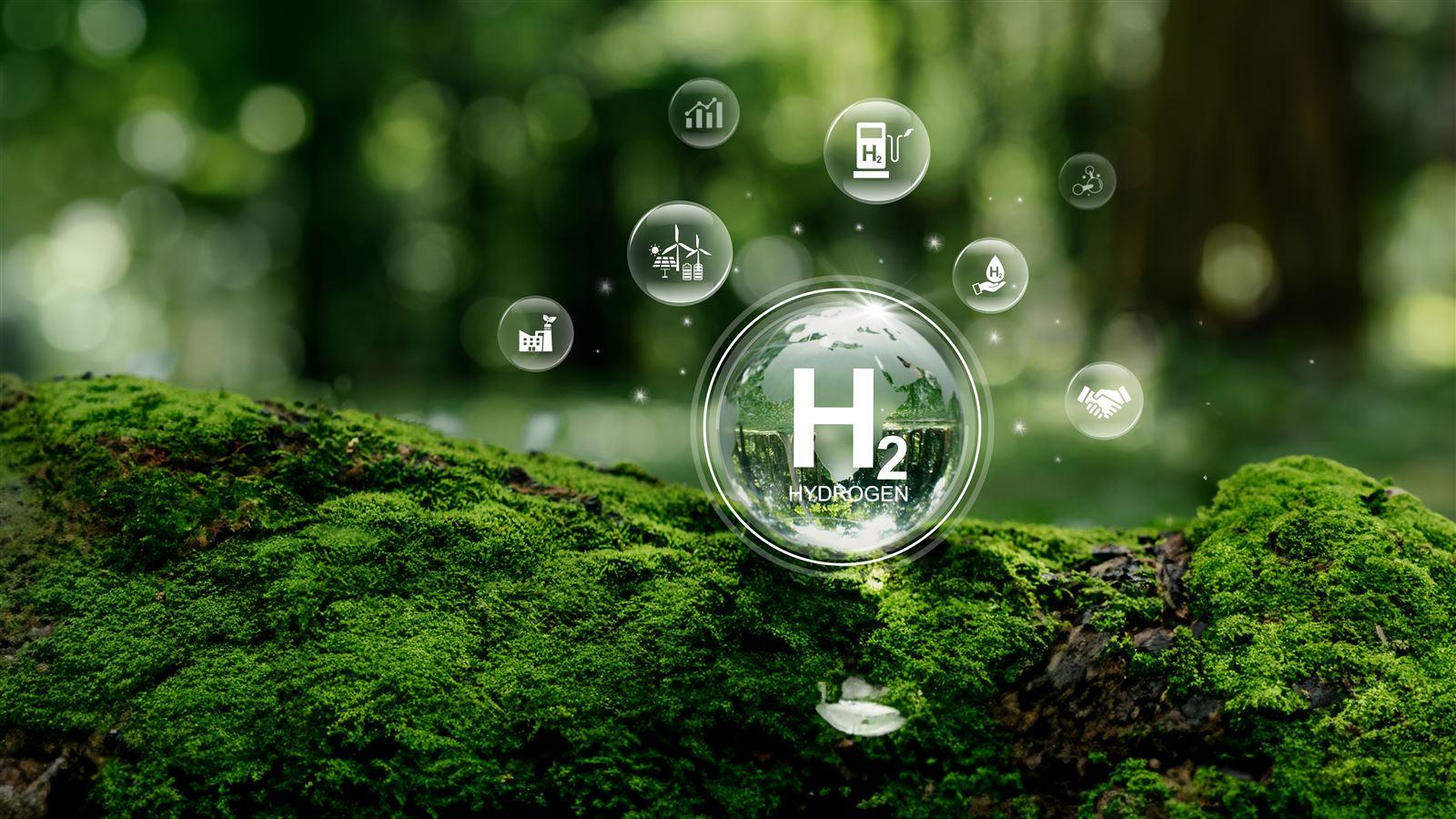Fueling the Future with Hydrogen
In the U.S. alone, nearly 70,000 forklifts are powered by hydrogen.
Hydrogen fuel cells offer an emissions-free energy supply that can be fueled quickly and easily. They also require less maintenance compared to lead-acid batteries. But the primary reason for their adoption is simple: a fuel cell coupled with an electric motor is 2-3 times more efficient than an internal combustion engine running on gasoline.
The U.S. first identified hydrogen an alternative fuel under the Energy Policy Act of 1992. Since then, the U.S. National Hydrogen Strategy and Roadmap has provided a snapshot of production, transport, storage and use in the United States. The Roadmap presents a strategic framework for achieving large-scale production and use of hydrogen for 2030 and beyond.
Several public transit agencies are exploring or already utilizing hydrogen as a fuel source for buses, striving for zero-emission fleets. But the timing and shape of this H2 evolution—what the U.S. Department of Energy refers to as “market liftoff”—is still to be determined.
From forklifts to large fleets, from bus transport to rail and even aviation, CDM Smith’s energy experts offer critical considerations for Hydrogen fuel projects.
Production
 Hydrogen is all around us, stored in water, hydrocarbons and other organic matter. It is the simplest element on earth, consisting of only one proton and one electron. It is also an energy carrier, not an energy source.
Hydrogen is all around us, stored in water, hydrocarbons and other organic matter. It is the simplest element on earth, consisting of only one proton and one electron. It is also an energy carrier, not an energy source.
Some methods of hydrogen production can generate emissions affecting air quality and result in increased greenhouse gas emissions (i.e., production using fossil fuels), while other methods rely on renewable energy sources (i.e. wind, solar, geothermal and hydro-electric). Once inside the fuel cell, though, hydrogen emits only water vapor and warm air as exhaust and is considered a zero-emission technology.
The environmental impact and efficiency quotient of hydrogen depend on its production method and the type of vehicle it powers. Substantial research and development, partially funded through the Infrastructure Investment and Jobs Act (IIJA), are ongoing to reduce the costs associated with producing low-carbon hydrogen.
Distribution
 Most hydrogen used in the United States is produced locally, usually at large industrial sites. The infrastructure needed to distribute hydrogen to a nationwide network of fueling stations still needs to be developed.
Most hydrogen used in the United States is produced locally, usually at large industrial sites. The infrastructure needed to distribute hydrogen to a nationwide network of fueling stations still needs to be developed.
Currently, hydrogen is distributed through three methods:
- Pipeline: least-expensive way to deliver large volumes of hydrogen; capacity is limited
- High-Pressure Tube Trailers: expensive and used primarily for distances of 200 miles or less
- Liquefied Hydrogen Tankers: Although the liquefaction process is expensive, it enables hydrogen to be transported more efficiently (compared with high-pressure tube trailers) over longer distances by truck, railcar, ship, or barge.)
There are tradeoffs to consider between centralized and distributed production. Producing hydrogen centrally in large plants reduces production costs but increases distribution costs. On the other hand, producing hydrogen at the point of end-use, such as fueling stations, reduces distribution costs but increases production costs.
The U.S. Department of Energy has chosen seven Regional Clean Hydrogen Hubs (H2Hubs) to address both production and distribution costs. These hubs will scale up clean hydrogen production to meet growing regional demand and utilize cost-effective resources within their respective regions. By building on existing hydrogen distribution infrastructure, the H2Hubs will supply clean hydrogen to consumers. Ultimately, these hubs will establish a national network of clean hydrogen producers, consumers and connective infrastructure.
Storage
 Hydrogen boasts the highest energy per mass of any fuel, but its low ambient temperature density results in a low energy per unit volume. Consequently, the development of advanced storage methods with the potential for higher energy density is critical.
Hydrogen boasts the highest energy per mass of any fuel, but its low ambient temperature density results in a low energy per unit volume. Consequently, the development of advanced storage methods with the potential for higher energy density is critical.
Fuel-cell-powered vehicles require sufficient hydrogen to provide a driving range exceeding 300 miles. While the large storage requirement may have a lesser impact for larger vehicles, ensuring sufficient hydrogen storage across all light-duty platforms remains a challenge.
The Department of Energy’s Hydrogen and Fuel Cell Technologies Office is pursuing strategic pathways to address hydrogen production challenges.
Fueling Stations
 While most of the existing hydrogen fueling stations support hydrogen-powered vehicle projects, they lack a standard design, making widespread deployment of hydrogen fuel cell vehicles challenging.
While most of the existing hydrogen fueling stations support hydrogen-powered vehicle projects, they lack a standard design, making widespread deployment of hydrogen fuel cell vehicles challenging.
DOE’s H2Hubs will collectively receive up to $7 billion through the IIJA to deploy clean hydrogen production and delivery infrastructure. This infrastructure will form the foundation of a national clean hydrogen network, supporting the decarbonization of various sectors of the economy, including heavy-duty transportation.
California leads the nation in constructing hydrogen fueling stations for fuel cell electric vehicles (FCEVs). As of 2024, 54 retail hydrogen stations have opened to the public across the state. Subsidies and grants from individual states, such as the H2 Central grant for the Alliance for Renewable Clean Hydrogen Energy Systems (ARCHES), also play a crucial role in creating infrastructure.









